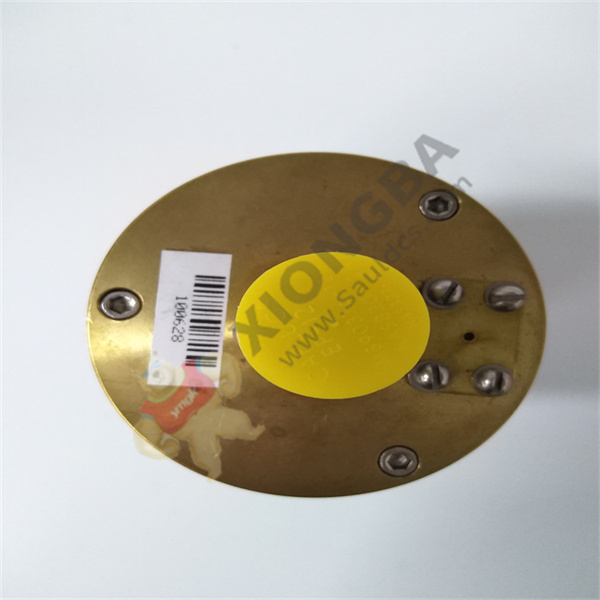Pressure sensors use a variety of techniques to make measurements. In general, however, pressure sensors convert the physical force applied to them into a reading that can be represented by a meter, dial, or display.
Air and air pressure sensors use silicon diaphragms that bend in response to the force applied to them. The corresponding pressure is transmitted by its charge to a sensor, which then displays it. Advances in technology and materials have made sensors smaller and more accurate.
Integrated circuits, in particular, can enable miniature pressure sensors because they can be very small and still retain all the necessary components. Pressure sensors can benefit from the use of calibrators and regulators.
A pressure calibrator is a device that measures pressure and compares it to a pressure sensor reading. They help maintain accuracy, which is important for many pressure systems. The sensor is capable of detecting and reporting pressure with an error margin of less than 1%.
The pressure regulator monitors and controls the actual flow of pressure, usually mounted directly on the nozzle or valve. As a safety and loss management precaution, regulators and sensors can be programmed to alert the operator if the system pressure is too high or too low.

GE MS90376-12Y
GE MS90376-12Y Pressure sensor
 中文版
中文版



